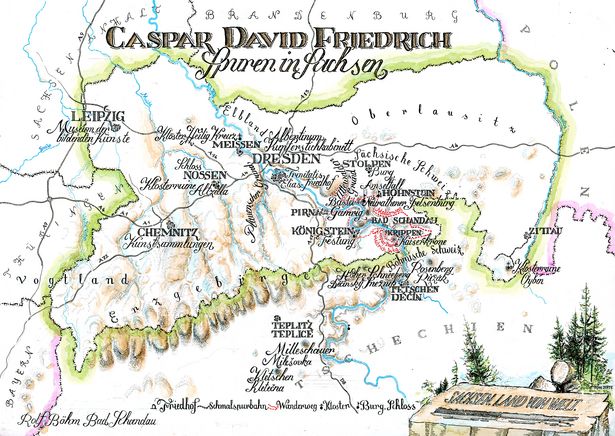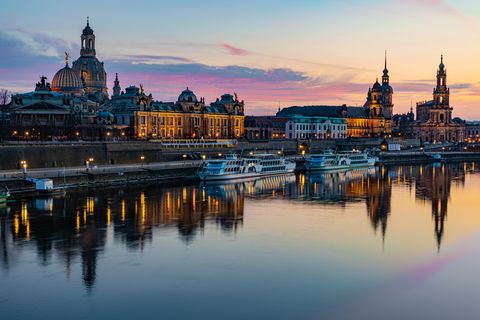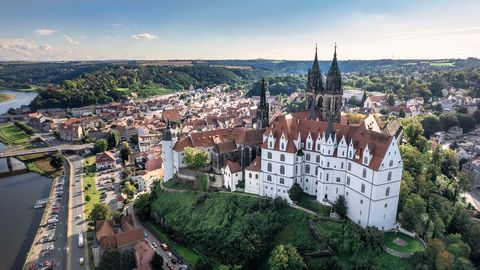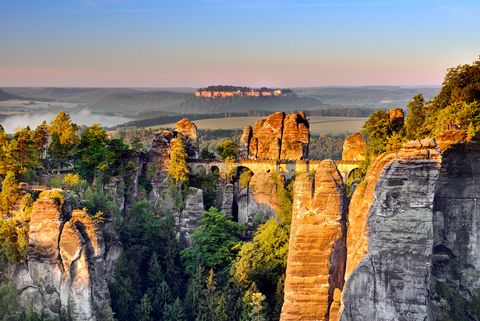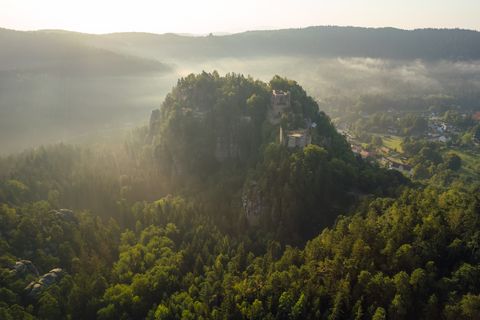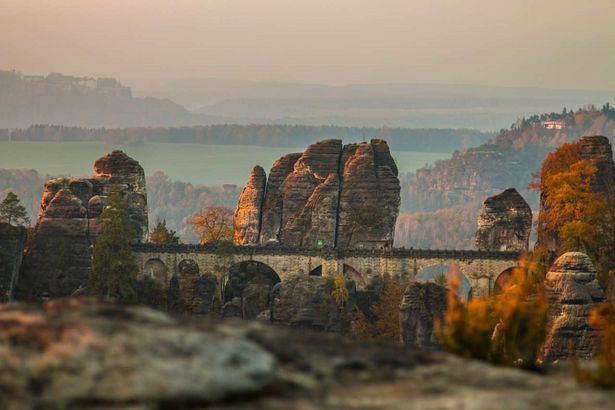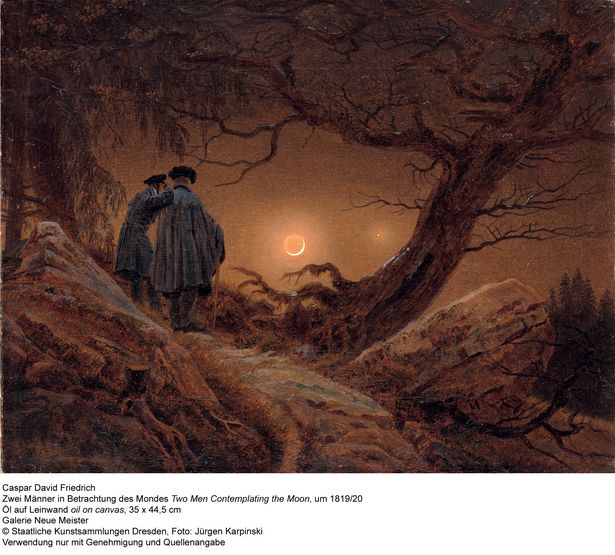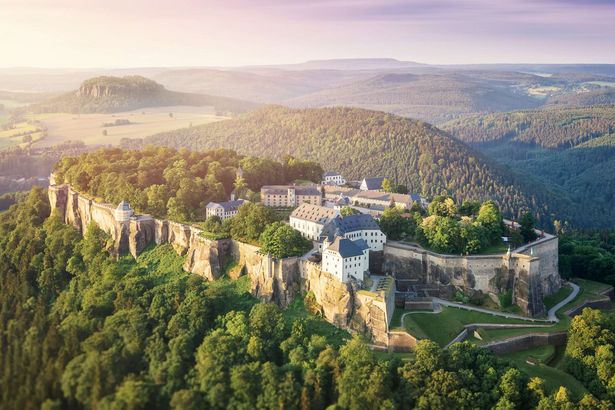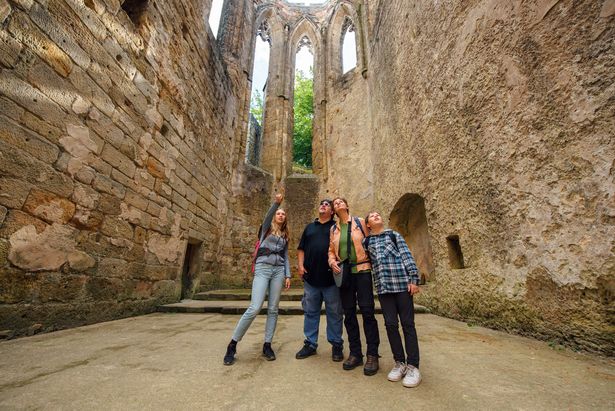Caspar David Friedrich
in Saxony
250 years of Caspar David Friedrich in Saxony
Caspar David Friedrich (1774-1840) spent most of his life in Dresden. He travelled extensively in Saxony, preparing sketches and watercolours in his Dresden studio that became masterpieces. In total, he created 150 paintings. Always out and about on foot, he was a kind of early "slow traveller", with a keen eye for nature that his imagination translated into great works of art. Often misunderstood during his lifetime, Caspar David Friedrich is today regarded as the most important German painter of the Romantic period. His most famous painting is probably "Wanderer above the Sea of Fog" (Der Wanderer über dem Nebelmeer), which was inspired by the wildly romantic landscape of Saxon Switzerland. 2024 sees his 250th birthday which will be celebrated in style in Saxony.
Romantic getaways in Saxony
Book your German Romanticism break in Saxony, either in
- The capital city Dresden
- The breathtaking hiking area Saxon Switzerland
- The romantic and cozy Zittau Mountains
On his traces in Dresden
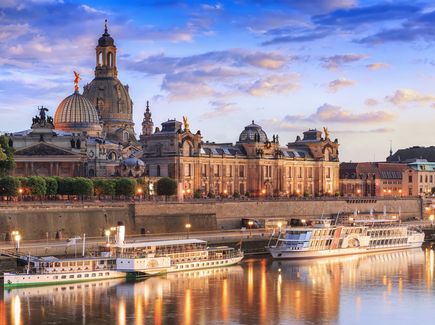 © Marcel Quietzsch
© Marcel QuietzschDresden
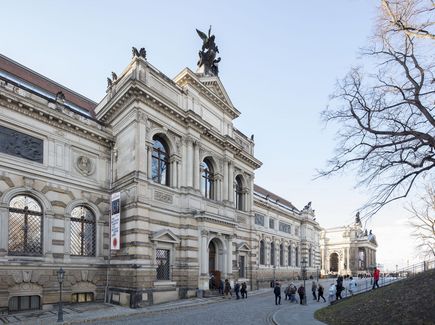
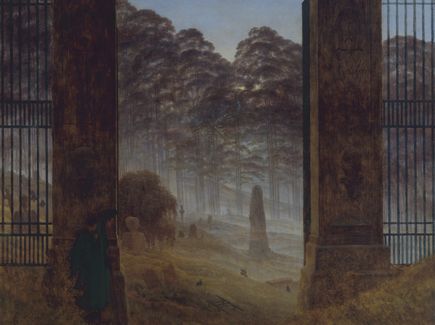 © Galerie Neue Meister, Staatliche Kunstsammlungen Dresden, Jürgen Karpinski
© Galerie Neue Meister, Staatliche Kunstsammlungen Dresden, Jürgen KarpinskiBooking offer: German romanticism break in Dresden
On his traces in Saxon Elbland
Framed by the picturesque backdrop of Meissen, Caspar David Friedrich painted the ruins of the Holy Cross Monastery. Dissolved after the Reformation, the building fell into disrepair and was used as a quarry. Today it houses the Hahnemann Centre, which is open to the public. The inventor of homeopathy, Samuel Hahnemann, a contemporary of Caspar David Friedrich, was born in Meissen as the son of a porcelain painter.
Meissen is located on three rivers, one of them being the Triebisch. At the other end of the Triebisch valley, near Nossen, a monastery ruin was transformed into a romantic park around 1800. The painting "Ruins at Dusk" (Ruinen in der Abenddämmerung), much more sombre than the real-life inspiration, was painted by Caspar David Friedrich 30 years after his visit to today's Altzella Monastery Park, based on his sketches.
On his traces in Saxon Switzerland
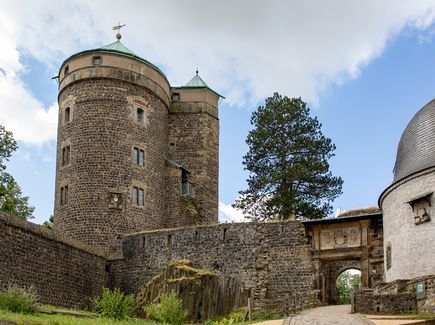 © TMGS / Manfred Daams
© TMGS / Manfred DaamsSaxon Switzerland
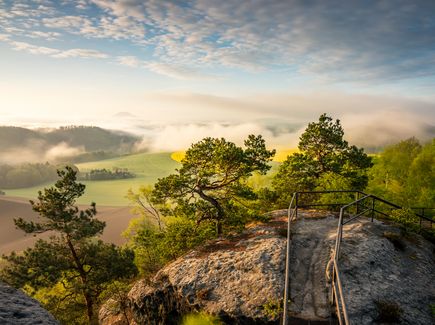 © Britta Prema Hirschburger
© Britta Prema Hirschburger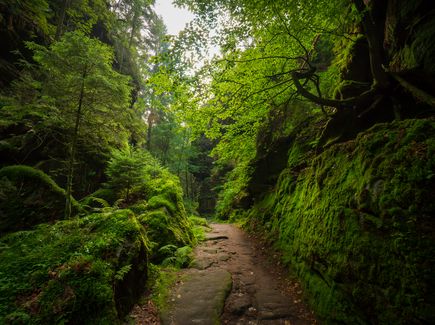 © Philipp Ziegler
© Philipp Ziegler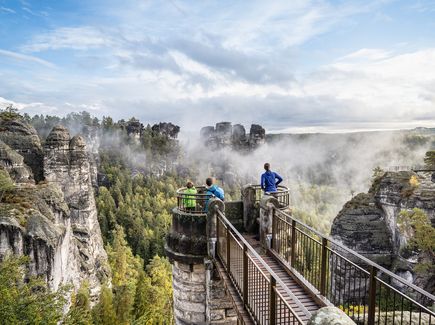 © TMGS / D. Stratmann
© TMGS / D. Stratmann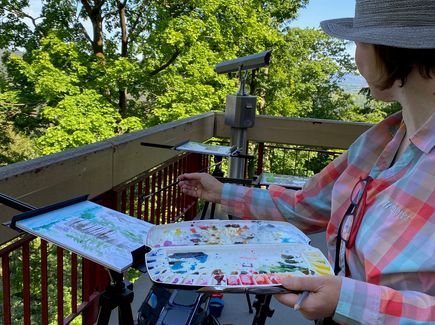 © TMGS / Ines Nebelung
© TMGS / Ines NebelungBooking offer: German romanticism break in Saxon Switzerland
On his traces in the Zittau Mountains and on Mount Oybin
Mount Oybin in the Zittau Mountains in south-eastern Upper Lusatia was particularly inspiring for Caspar David Friedrich. The watercolours and oil paintings he did here of the spectacular monastery ruins perched on top of the beehive-shaped mountain are wonderful examples of why he is considered the master of Romanticism. Other painters were also inspired by the unusual rock.
Caspar David Friedrich’s best-known work from Oybin is "The Dreamer" (Der Träumer), created with oil on canvas. As in all his works, he used nature as a reflection of human sensibilities and as a symbol of the mystery of all life in this painting. Fun fact: Few artists are today liked as frequently on Instagram as the great Romantic painter, perhaps because his works strike a chord with people looking to take a step back from our hectic times.
Booking offer: German romanticism break in the Zittau Mountains
Leipzig and Chemnitz
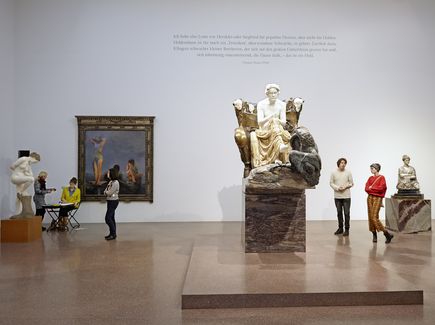
Art collections today
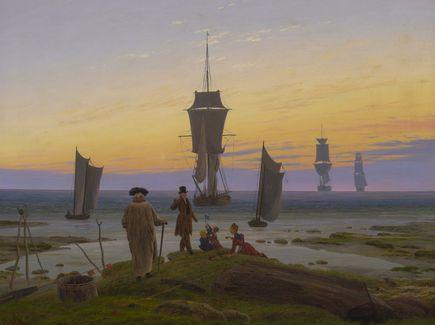 © Museum der bildenden Künste Leipzig
© Museum der bildenden Künste LeipzigLeipzig
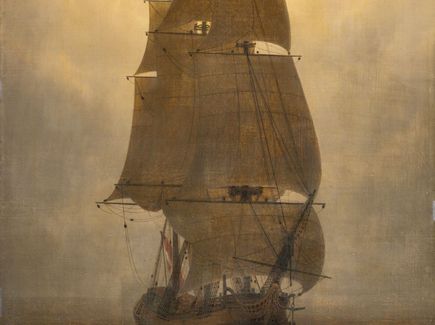 © Kunstsammlungen Chemnitz / Jürgen Seidel
© Kunstsammlungen Chemnitz / Jürgen Seidel
